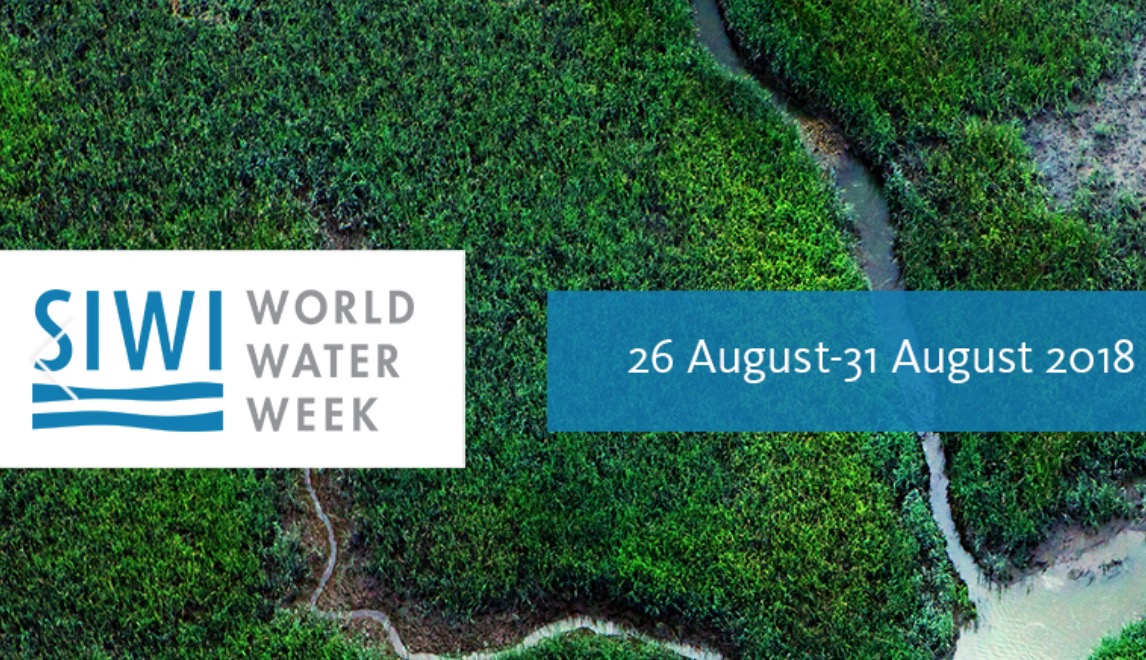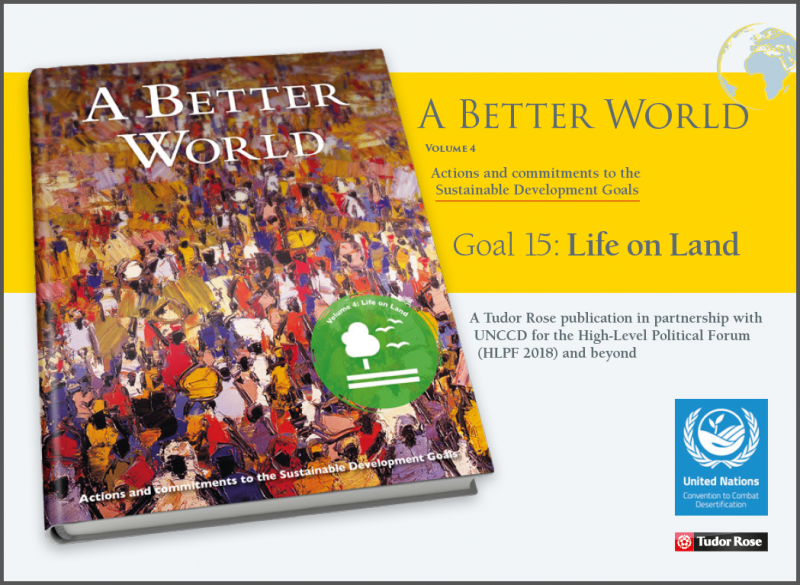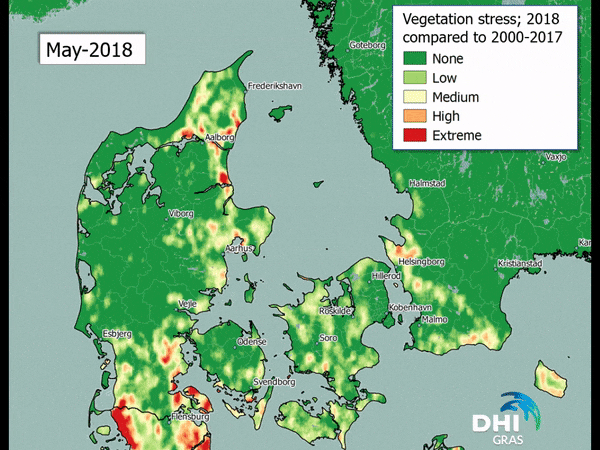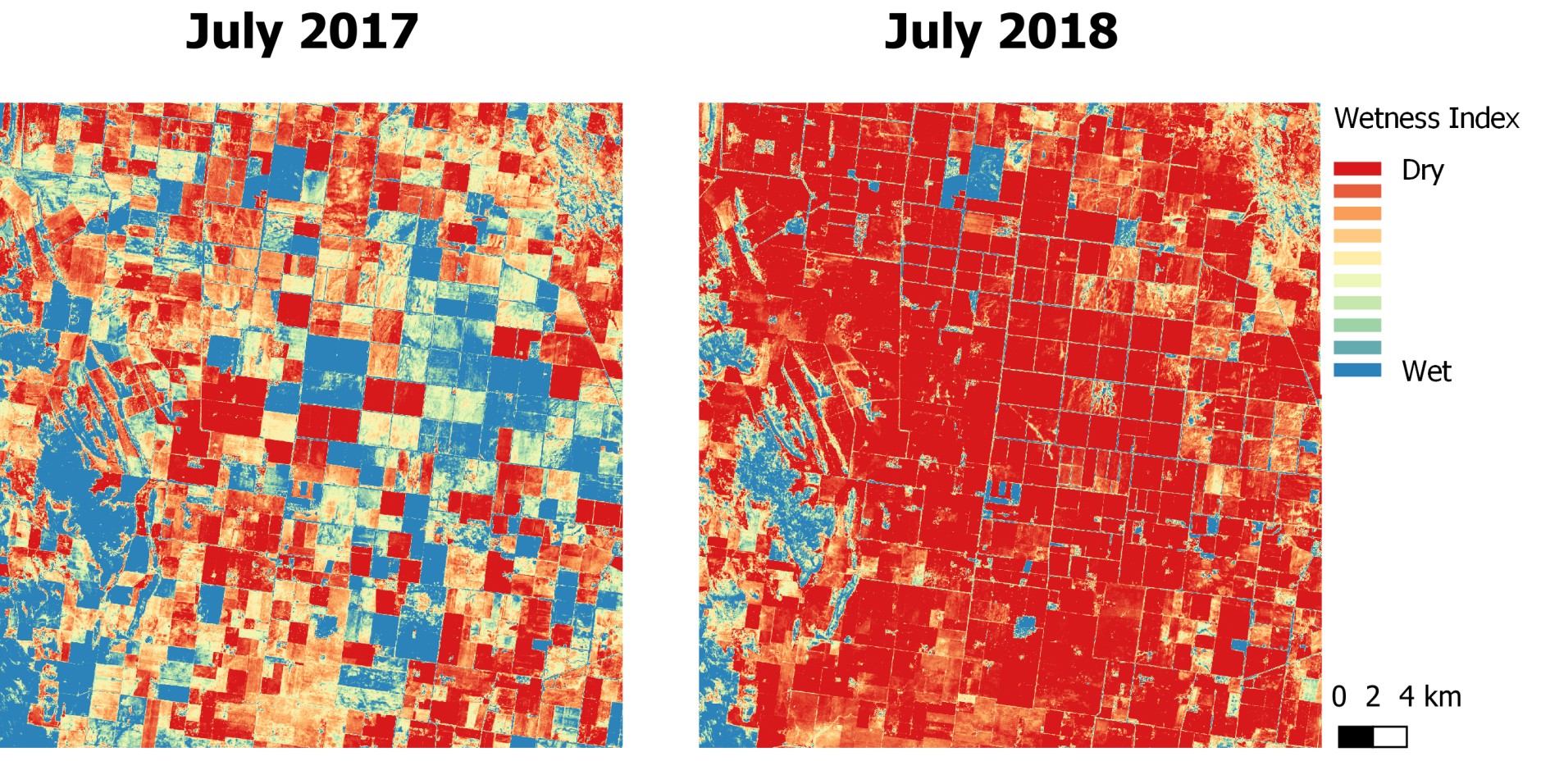More commercial shipping in the Arctic:
27 August 2018
The Arctic is opening more and more for commercial shipping.
This year, the oldest and thickest sea ice in the Arctic has started to break up, opening waters north of Greenland for the first time. A short-cut through the Arctic is becoming possible. This allows for faster and fuel-saving routes for ships connecting Europe and Asia.
These “newly-discovered” areas are poorly charted and there is a need for updated maps of the coastlines and submerged hazards to be able to safely navigate in these waters.
We are working with authorities and the shipping industry to help reduce the risks of navigating in these areas. Based on our many years of experience working in the region we have optimized workflows for mapping satellite-derived bathymetry and navigational hazards in these harsh environments and we can provide updated maps for large and remote areas with a fast turnaround.
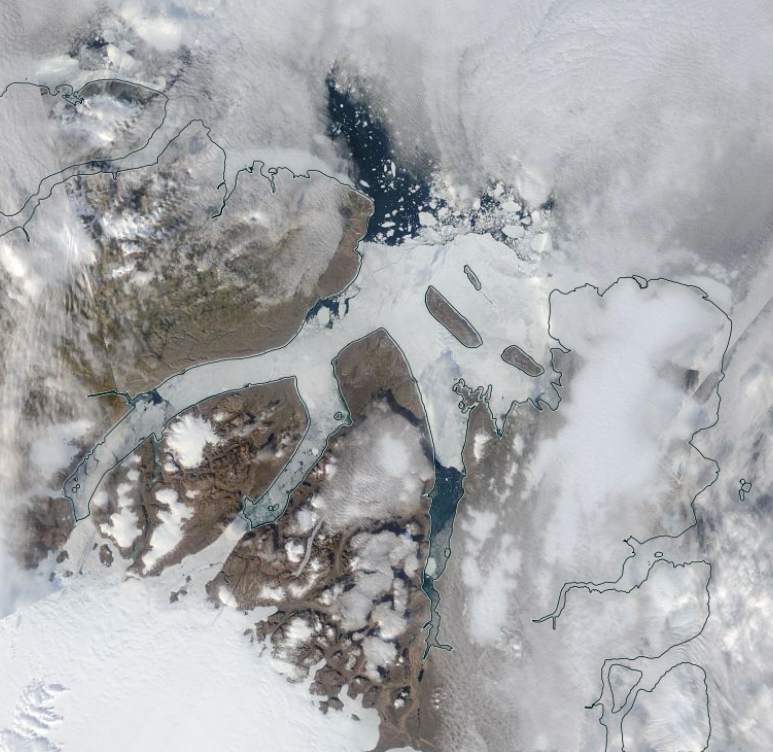
EOatDHI part of the DHI GROUP
gras@dhigroup.com
+45 4516 9100
Agern Alle 5,
2970 Hørsholm,
Denmark
CVR: 36466871



